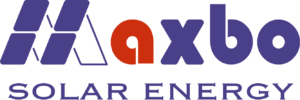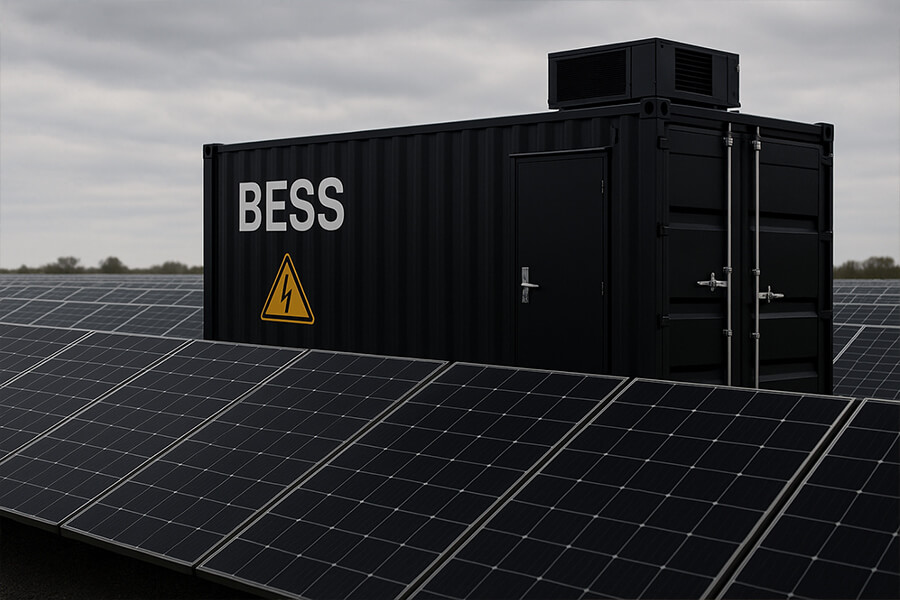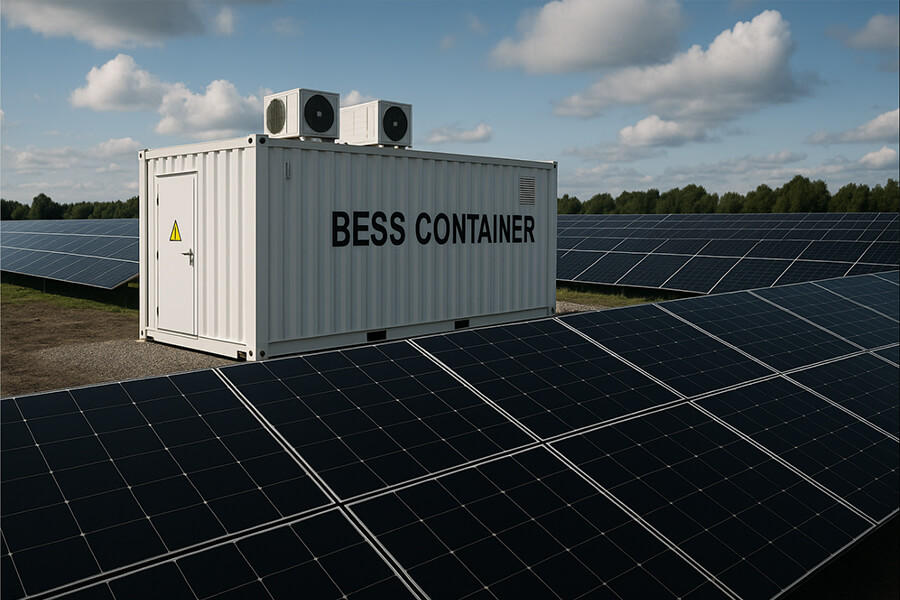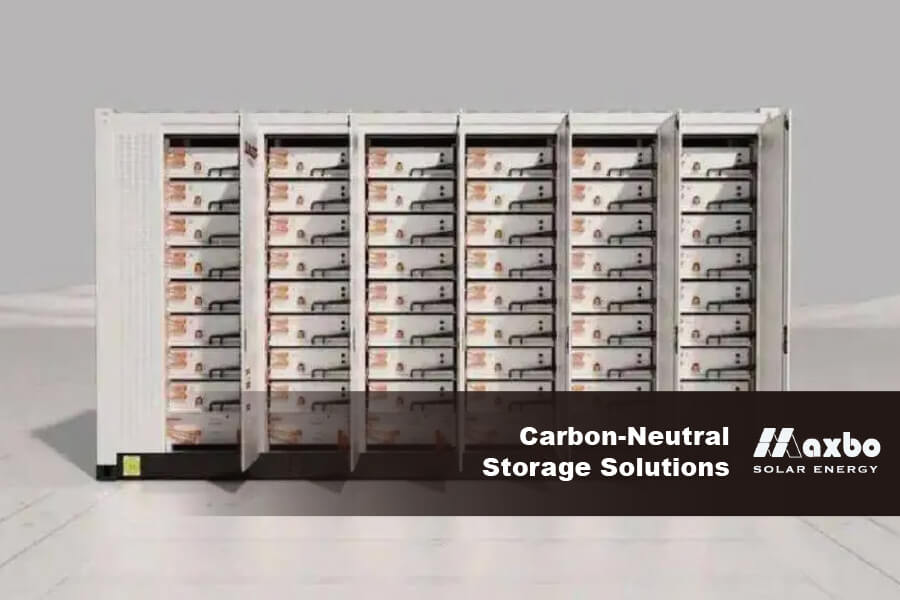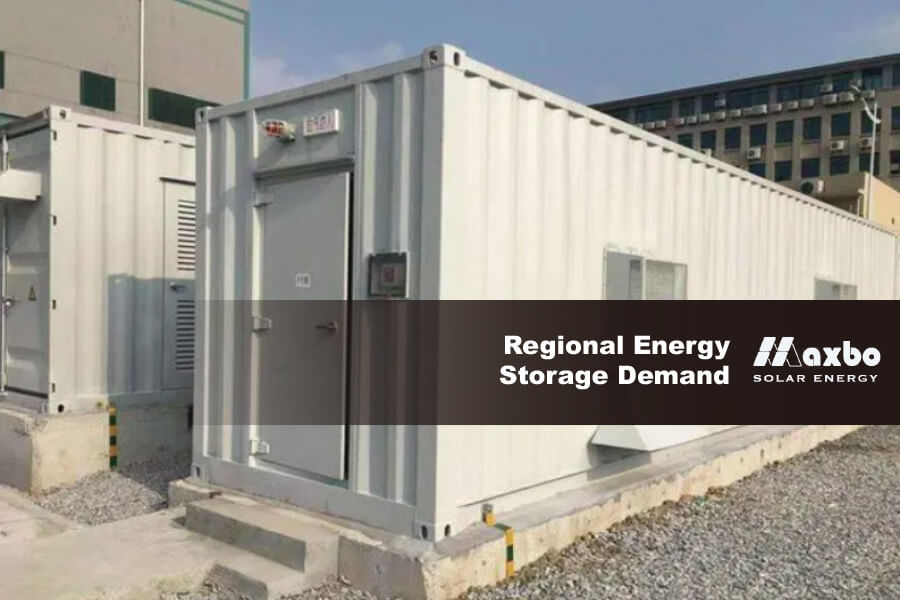10 kW Solar System: 5 Essential Reasons to Upgrade Your Home Energy Today
A 10 kW solar system is an ideal solution for homeowners looking to significantly reduce their energy bills and enhance their home’s energy independence. This article delves into the key benefits of a 10 kW solar system, outlines the essential components, and provides guidance on selecting the right configuration based on your needs. Discover why investing in a 10 kW solar system is a smart choice and how Maxbo Solar can help you achieve optimal energy efficiency.
Table of Contents
ToggleWhat is a 10 kW Solar System?
A 10 kW solar system is a photovoltaic (PV) setup designed to generate 10 kilowatts of electrical power under optimal conditions. This system typically includes solar panels, an inverter, and other essential components. It is suitable for medium to large homes, offering substantial energy savings and environmental benefits.
Benefits of a 10 kW Solar System:
- Cost Savings: Significant reduction in electricity bills.
- Energy Independence: Greater control over your energy supply.
- Environmental Impact: Reduced carbon footprint and reliance on fossil fuels.
Reference:
- National Renewable Energy Laboratory (NREL). (2022). “Photovoltaic System Performance and Cost.” Retrieved from NREL
Key Components of a 10 kW Solar System
A 10 kW solar system comprises several critical components, each playing a specific role in optimizing energy production and usage. Here’s a detailed overview of each component:
1. Solar Panels
Function: Solar panels capture sunlight and convert it into direct current (DC) electricity. They are the primary source of energy generation in a solar system.
Specifications:
- Type: Monocrystalline, polycrystalline, or thin-film.
- Efficiency: Typically ranges from 15% to 22%, affecting overall system performance.
- Wattage: Panels usually range from 300W to 400W each, so a 10 kW system might use 25 to 33 panels.
Example: Maxbo Solar offers high-efficiency monocrystalline panels known for their durability and superior performance.
Reference:
- Solar Energy Materials and Solar Cells. (2021). “Advancements in Solar Panel Technologies.” Retrieved from ScienceDirect
2. Inverter
Function: The inverter converts the DC electricity generated by the solar panels into alternating current (AC) electricity, which is used by household appliances.
Specifications:
- Type: String inverters, microinverters, or hybrid inverters.
- Power Rating: For a 10 kW system, the inverter should handle at least 10 kW of power, with high efficiency (typically above 95%).
- Features: Include monitoring capabilities and safety features.
Example: Maxbo Solar provides high-efficiency string inverters and hybrid inverters with advanced monitoring functions.
Reference:
- IEEE Transactions on Power Electronics. (2022). “High-Efficiency Inverter Technologies for Solar Energy Systems.” Retrieved from IEEE Xplore
3. Mounting System
Function: The mounting system secures the solar panels to the roof or ground, ensuring optimal tilt and orientation for maximum sunlight exposure.
Specifications:
- Type: Roof mounts, ground mounts, or pole mounts.
- Material: Typically made from aluminum or stainless steel for durability.
- Adjustability: Allows for adjustments to optimize panel angles and performance.
Example: Maxbo Solar offers robust mounting solutions designed for various installation scenarios, ensuring secure and efficient panel placement.
Reference:
- Journal of Renewable and Sustainable Energy. (2021). “Mounting Systems for Photovoltaic Panels: An Overview.” Retrieved from AIP Publishing
4. Battery Storage (Optional)
Function: Battery storage allows you to store excess solar energy generated during the day for use at night or during cloudy periods.
Specifications:
- Capacity: Typically measured in kilowatt-hours (kWh). Common residential batteries range from 5 kWh to 15 kWh.
- Type: Lithium-ion or lead-acid batteries.
- Integration: Must be compatible with the inverter and solar panel system.
Example: Maxbo Solar offers integrated battery storage solutions that enhance the versatility of your solar system.
Reference:
- Journal of Energy Storage. (2022). “Advancements in Residential Battery Storage Systems.” Retrieved from Elsevier
5. Monitoring System
Function: The monitoring system provides real-time data on solar system performance, including energy production, consumption, and system health.
Specifications:
- Features: Includes real-time tracking, performance analysis, and system alerts.
- Access: Often available through mobile apps or web interfaces for convenience.
Example: Maxbo Solar’s monitoring systems offer user-friendly interfaces and detailed performance insights to help you manage and optimize your solar energy use.
Reference:
- Energy Reports. (2023). “The Importance of Monitoring Systems in Solar Energy Solutions.” Retrieved from Elsevier
Choosing the Right Configuration for Your Needs
When selecting a 10 kW solar system, consider your specific energy needs and preferences. Here are a few scenarios with corresponding system configurations:
Scenario 1: High Energy Consumption
Configuration:
- Panels: 30 x 350W monocrystalline panels.
- Inverter: 10 kW string inverter.
- Mounting: Roof mount with adjustable angles.
- Battery Storage: Optional 10 kWh lithium-ion battery.
Reason: This setup is ideal for homes with high electricity usage, providing ample power generation and optional storage for energy independence.
Scenario 2: Moderate Energy Consumption
Configuration:
- Panels: 25 x 400W polycrystalline panels.
- Inverter: 10 kW hybrid inverter with monitoring capabilities.
- Mounting: Ground mount system.
- Battery Storage: Optional 7 kWh lead-acid battery.
Reason: Suitable for homes with moderate energy needs, balancing cost with performance and providing options for future expansion.
Scenario 3: Low Energy Consumption with Future Expansion
Configuration:
- Panels: 20 x 300W thin-film panels.
- Inverter: 8 kW string inverter with expandability.
- Mounting: Pole mount with future adjustment options.
- Battery Storage: Optional 5 kWh lithium-ion battery.
Reason: Designed for homes with lower current energy needs but potential for future expansion, offering flexibility and cost savings.
Reference:
- Solar Energy. (2023). “Optimizing Solar System Configurations for Different Energy Needs.” Retrieved from ScienceDirect
Pricing and Cost Estimates
The cost of a 10 kW solar system varies based on the components and installation requirements. Here’s a general estimate:
- Solar Panels: $6,000 – $8,000
- Inverter: $1,500 – $2,500
- Mounting System: $500 – $1,500
- Battery Storage (Optional): $3,000 – $10,000
- Installation and Integration: $2,000 – $4,000
Total Estimated Cost: $9,000 – $26,000
Reference:
- BloombergNEF. (2023). “Cost Trends in Solar Energy Systems.” Retrieved from BloombergNEF
Maxbo Solar’s 10 kW Solar Solutions
Maxbo Solar offers comprehensive 10 kW solar systems designed to meet your specific needs. Our services include:
- High-Quality Panels: Efficient and durable solar panels tailored to your energy requirements.
- Advanced Inverters: Reliable inverters with high efficiency and advanced monitoring features.
- Flexible Mounting Options: Secure and adaptable mounting solutions for various installations.
- Integrated Battery Storage: Optional battery storage solutions to enhance energy independence.
- Expert Installation: Professional installation and support to ensure optimal system performance.
Cost-Effective Solutions: We offer competitive pricing and transparent cost estimates, along with guidance on available incentives and rebates to make your investment more affordable.
For more information and to explore our 10 kW solar solutions, visit Maxbo Solar.
Conclusion
A 10 kW solar system is a powerful solution for enhancing your home’s energy efficiency and reducing electricity costs. By understanding its components, configurations, and costs, you can make an informed decision that suits your energy needs and budget.
Maxbo Solar provides top-notch 10 kW solar systems designed for performance and value. Contact us today to learn how we can help you achieve your energy goals.
References:
- National Renewable Energy Laboratory (NREL). (2022). “Photovoltaic System Performance and Cost.” Retrieved from NREL
- Solar Energy Materials and Solar Cells. (2021). “Advancements in Solar Panel Technologies.” Retrieved from ScienceDirect
- IEEE Transactions on Power Electronics. (2022). “High-Efficiency Inverter Technologies for Solar
Related Solutions
Related Blogs
BESS Container TCO vs. Stationary Storage: The 15-Year Cost Smackdown (2024 Data!)
行政2025-07-18T17:09:43+08:00July 18th, 2025|Categories: Design, News|
BESS Container AI: No Crystal Balls Needed for 30%+ Profit Boosts (2025 Edition)
行政2025-07-18T17:08:04+08:00July 18th, 2025|Categories: Design, News|
Let’s Make Things Happen
Add notice about your Privacy Policy here.
Let’s Make Things Happen
”The Maxbo team of sales consultants will continue to enrich our own expertise and experience to empower the development of sustainable energy with rigor.“
Maxbo CEO
You will need to provide: 1. the amount of electricity used. 2. the type and power of the load. 3. the electricity consumption habits (daytime/nighttime consumption). 4. the need to store electricity. 5. the need to feed electricity to the mains. 6. drawings or address of the installation site. 7. other special requirements
We can provide you with a quotation, a specification for all products, a circuit connection diagram and a diagram of the installation and placement of the PV panels. Any other requirements and adjustments needed can be discussed with our team.
We can meet the needs of most scenarios, whether your application is for domestic, commercial and industrial use, in remote areas, or for grid-level energy storage, we have experienced colleagues to design and deliver the right solution.
Add notice about your Privacy Policy here.
How much solar power do I need?
Most homes need 5–12kW, depending on your energy use and location.
Off-grid vs. grid-tied — what’s the difference?
Off-grid works without the utility grid; grid-tied lets you sell extra power back.
Do I need permits?
Usually yes — check local rules or ask us for guidance.
How long does a battery last?
Depends on size and load. A 5kWh battery can power a fridge for about 40 hours.
Can I upgrade my system later?
Yes, our systems are modular and easy to expand.
Does Maxbo offer installation?
We ship globally and connect customers with trusted local installers.
